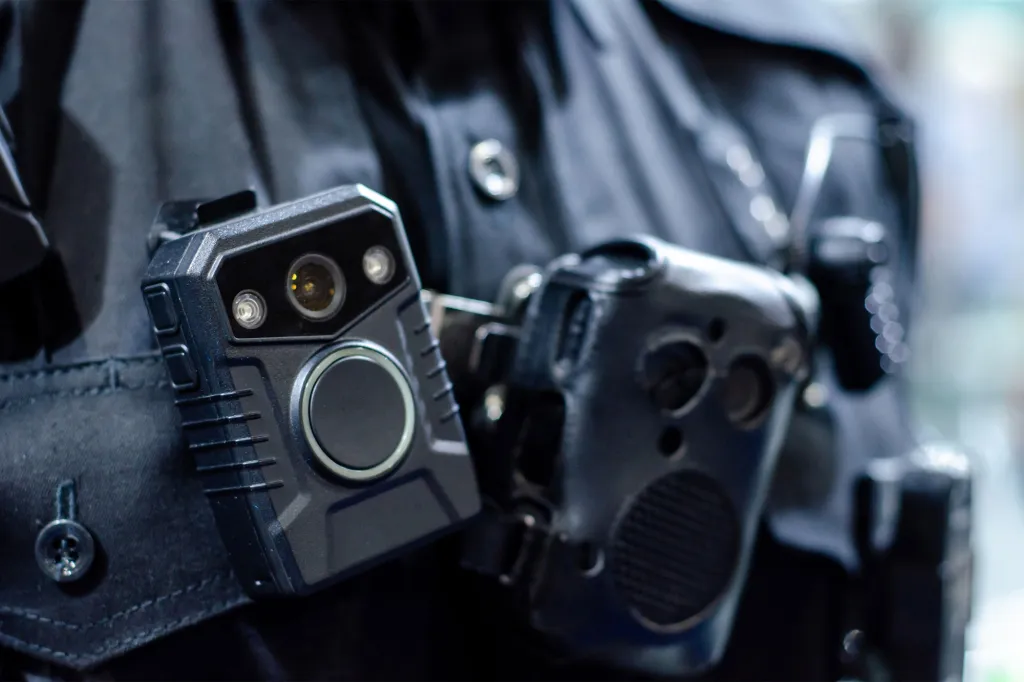All 3,000 city Department of Correction body-worn cameras were removed on Saturday following an incident where an officer’s camera ignited at the Rikers Island correctional facility, as reported by The Post.

Calls for Safety Review Follow Camera Ignition
The incident, which occurred on Friday, involved a captain’s body camera catching fire, prompting calls from unions for a comprehensive safety review. “They’re going to pull them,” stated Patrick Ferraiuolo, president of the Correction Captains’ Association. “They’re not going to be returned to staff until we’re sure they’re OK.” Ferraiuolo clarified earlier reports, indicating that while the officer suffered smoke inhalation, she was not burned by the camera fire.
Potential Causes and Similarities to NYPD Equipment
While the exact cause of the camera ignition remains unclear, Ferraiuolo highlighted the presence of lithium batteries in some of the devices. The DOC’s body-worn cameras, numbering over 3,000 and assigned to all uniformed staff, share similarities with those used by the NYPD but are not of the same make.
Union Action and Temporary Removal
Benny Boscio, President of the Corrections Officers’ Benevolent Association, communicated with members that the city and DOC commissioner had agreed to remove the cameras at his request. A statement indicated that the DOC would conduct a safety review of the devices, leading to their temporary removal from service.
Investigation Timeline and Past Incidents
The investigation into the safety of the body-worn cameras is anticipated to last one to two weeks. This incident isn’t the first of its kind; in 2018, the New York Police Department took approximately 3,000 body cameras off officers after one of them worn by a Staten Island cop exploded into flames. Despite this setback, the NYPD eventually equipped all 23,000 officers with body cameras. Additionally, in 2021, the NYPD removed another 2,000 police body cameras after one device exploded and caught fire in Manhattan.

Minor Injuries Reported
In both incidents, officers sustained minor injuries, highlighting the potential dangers associated with body-worn camera malfunctions. This temporary removal underscores the importance of ensuring the safety and reliability of essential equipment used by correctional officers.
